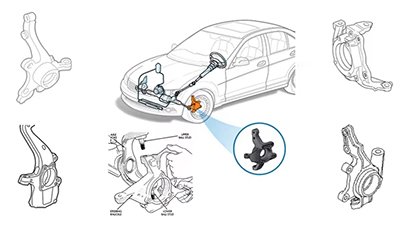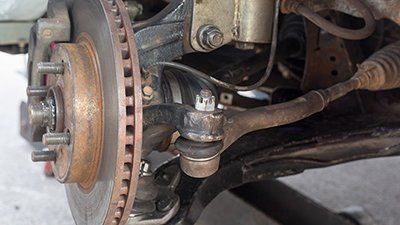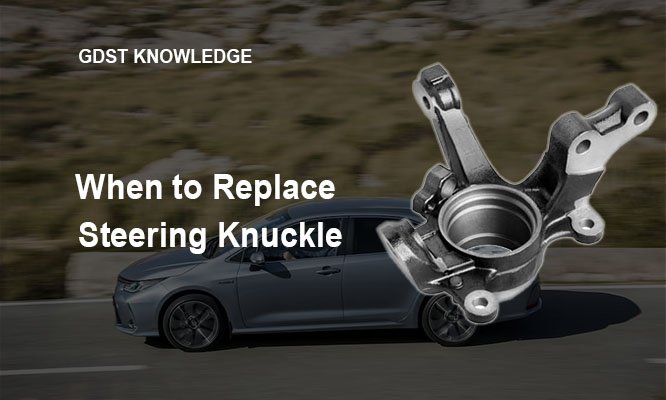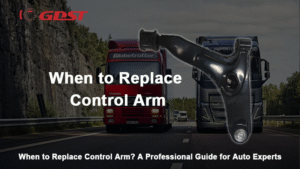Understanding the role of steering knuckles is crucial for vehicle safety. These components are vital in your vehicle’s steering and suspension system. Being aware of when to make replacements can help you prevent costly repairs and minimize the chance of accidents. Let’s explore steering knuckles, their functions, symptoms of failure, and replacement considerations.
You should consider when to replace steering knuckle if you notice excessive rust, corrosion, visible damage after a collision, or a stuck wheel bearing. Additionally, if the ball pinhole shows signs of wear or distortion, it’s time for a replacement.
What Are Steering Knuckles?

Steering knuckles are crucial components in your vehicle’s suspension system.
They connect the steering system to the wheel hub and allow the wheels to pivot when turning.
Steering knuckles are usually constructed from strong materials such as cast iron or aluminum, allowing them to endure the demands of driving.
Their structure accommodates the wheel bearings and supports the braking system as well, making them integral to vehicle performance.
Steering knuckle function
The main role of a steering knuckle is to serve as a pivot point for the wheels, facilitating smooth turning and enhancing steering control.
Additionally, steering knuckles facilitate the connection between various suspension components, ensuring that the wheels remain stable while driving over different terrains.
A properly functioning steering knuckle allows for precise steering response and enhances the overall safety of the vehicle.
What Are the Symptoms of a Bad Steering Knuckle?

You may have a question: When to replace steering knuckle? Now let’s go further!
Several signs indicate a failing steering knuckle. Common symptoms include:
- Steering Difficulties: You may experience difficulty steering your vehicle, which can feel heavy or unresponsive.
- Unusual Sounds: Hearing clunking, popping, or grinding sounds while turning the steering wheel may suggest an issue with the steering knuckle or other associated parts.
- Steering Wheel Vibration: If you notice vibrations or shaking in the steering wheel, especially while driving at higher speeds, it could signal a failing steering knuckle.
- Irregular Tire Wear: Check your tires for uneven wear patterns, which may occur due to misalignment linked to a damaged steering knuckle.
- Alignment Issues: If your vehicle pulls to one side or the other while driving, it may indicate a problem with the steering knuckle affecting wheel alignment.
- Visual Assessment: Look for any visible damage, such as cracks, bends, or rust on the steering knuckle. Any deformities can lead to steering issues.
If you notice any of these symptoms, it’s crucial to have your vehicle inspected promptly to avoid further damage.
Do You Need an Alignment After Replacing a Steering Knuckle?

Yes, an alignment is necessary after replacing a steering knuckle.
This helps keep the wheels aligned correctly, which prevents irregular tire wear and enhances handling.
Alignment adjustments help maintain optimal performance and safety after any suspension component replacement, including the steering knuckle.






